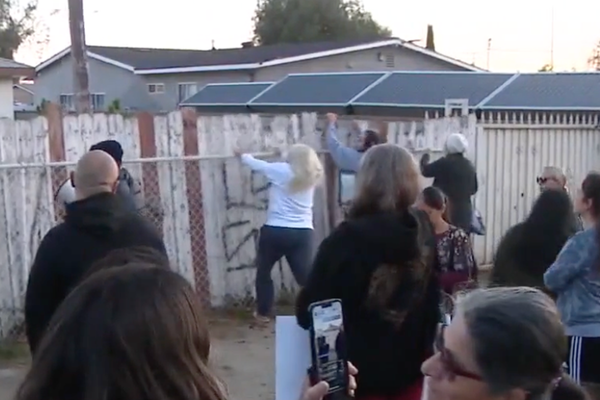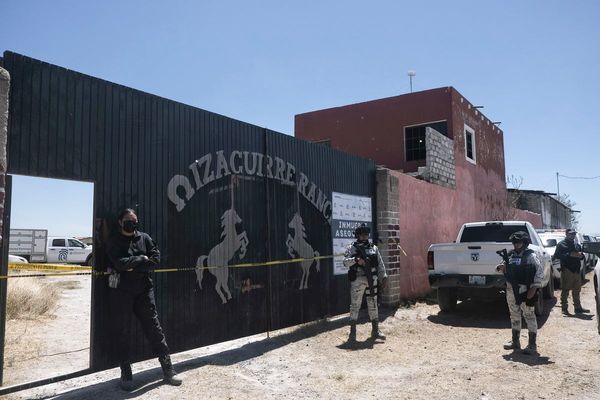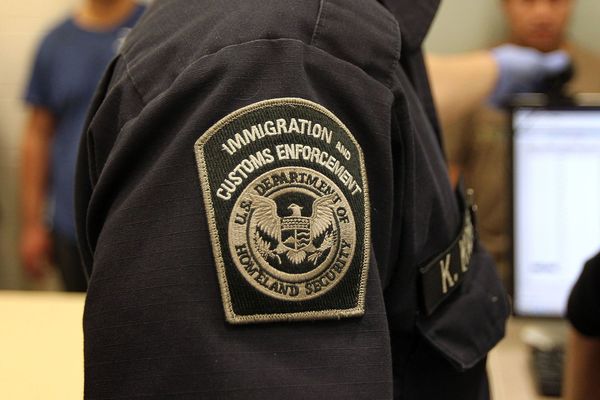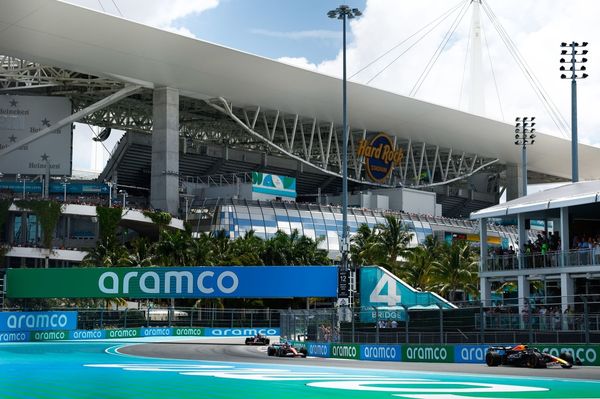
Jacinda Ardern has announced she is stepping down as New Zealand’s prime minister after six years in the job.
Ardern, who became the world’s youngest leader when she became prime minister following the 2017 elections at the age of 37, made the surprise announcement on Thursday, telling reporters she had “no more in the tank”. She had been reelected in a landslide in 2020.
The ruling Labour Party will choose a new leader on Sunday and Ardern’s last day in office will be February 7.
The country will go to the polls in October.
Ardern won support with her kindness and empathy but was under pressure over the pace of reform and issues such as the cost of living and housing.
Here is a recap of some key moments from Ardern’s years as prime minister:
Marching at Pride, February 2018
Ardern became the first New Zealand prime minister to march in the Pride parade, joining 25,000 others on the streets of Auckland.
Wearing a Maori cloak to Buckingham Palace, March 2018
Ardern again showed her commitment to inclusion and diversity when she wore the Korowai – a traditional Maori cloak made of feathers – at the Commonwealth Heads of Government meeting attended by Queen Elizabeth II.

Becoming a mother, June 2018
Ardern gave birth to daughter Neve in June 2018 and took six weeks maternity leave before returning to work.
In September of that year, still breastfeeding, she took Neve to the United Nations General Assembly, becoming the first world leader to do so. Neve even had her own UN security pass to enter the chamber.
Christchurch attacks, March 2019
In March 2019, an Australian-born white supremacist walked into two mosques in the southern town of Christchurch and shot 51 Muslims dead.
Ardern won widespread praise for her empathy and compassion following the attacks, and her decisive moves to tighten gun control, banning military-style semi-automatic weapons just six days after the tragedy.
She wore a hijab as she met the Muslim community a day after the attack, telling them the whole country was “united in grief” and swiftly organised a national two-minute silence.
She also refused to speak the name of the gunman.
“He sought many things from this act of terror, but one was notoriety, and that is why you will never hear me mention his name,” she told parliament.
The gunman was sentenced to life without parole in August 2020, after pleading guilty to murder and attempted murder. Last November, he said would appeal the sentence.

Whakaari/White Island eruption, December 2019
Ardern again found herself comforting a shocked nation when a volcanic eruption at White Island, also known as Whakaari, killed 21 people and left dozens more with horrific burns.
The volcano, off the east coast of New Zealand’s North Island, sent a plume of volcanic debris, ash and gas into the air at the same time a group of tourists was on the island.
Ardern travelled to meet search and rescue teams. Addressing parliament, she sought to reassure survivors and the families of the victims.
“You are forever linked to our nation and we will hold you close,” she said.
COVID-19, March 2020-2022
Ardern won plaudits at home and overseas for her skill in handling the coronavirus pandemic and the tough measures her government imposed to deal with it.
Ardern’s government imposed a lockdown and border closures soon after the first cases emerged in 2020, in an approach that was broadly supported despite some misgivings about New Zealanders being unable to return home due to a lack of quarantine places and flights.
Ardern even postponed her wedding as Omicron hit the country a year ago and, in announcing her resignation, told her longtime partner, Clarke Gayford, it was time they got married.







